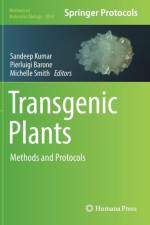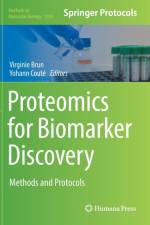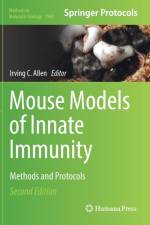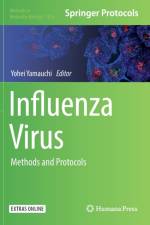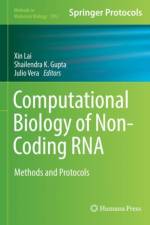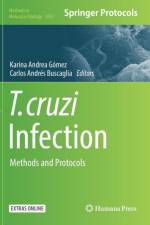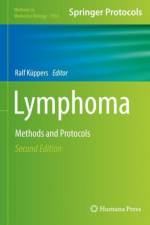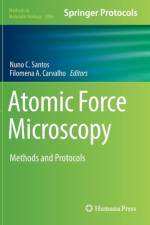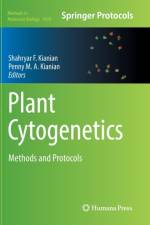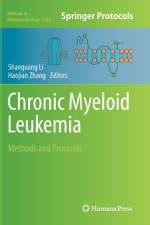- Methods and Protocols
2 745
This book provides researchers with widely used techniques for the study of virology, focusing on molecular biology and imaging to encourage mechanistic investigation of virus-host interactions. Chapters detail a broad range of methods from diagnosis, virus propagation, proteomics, haploid screening, lentiviral screening, virus entry, single molecule RNA imaging, correlative light and electron microscopy (CLEM), EM, light-sheet microscopy, biochemistry, viral transcription, physiological infection models, animal models, in vivo imaging, antigenic evolution, immunology to mathematical modelling. Reviews cover general influenza, clinical trials, both sides of the gain-of-function debate, and computational modelling. Written in the highly successful Methods in Molecular Biology series format, chapters include introductions to their respective topics, lists of the necessary materials and reagents, step-by-step, readily reproducible laboratory protocols, and tips on troubleshooting and avoiding known pitfalls.Cutting-edge and thorough, Influenza Virus: Methods and Protocols aims to motivate experienced researchers and newcomers in the field and improve our overall understanding of influenza.


